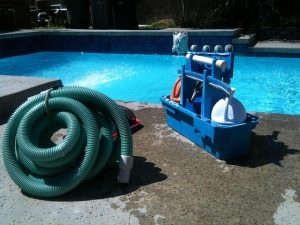Proper rug cleaning involves understanding fabric types, identifying stain severity, using safe detergents, and taking immediate action. Start with blotting, then apply a mild detergent solution gently. After drying, vacuum thoroughly. Regular deep cleaning, spot treatment, and environment maintenance prevent future pet stains on your rug. Choose environmentally friendly cleaners for optimal rug cleaning results.
“Uncover the secrets to achieving a spotless rug with our comprehensive guide to pet stain cleaning. Understanding your rug’s fabric type is key to effective stain removal, as different materials require unique care. This article equips you with the knowledge to assess and tackle various stains, from initial blotting techniques to creating your own eco-friendly cleaning solutions. Learn the step-by-step process of deep cleaning, proper drying methods, and preventive measures to keep your rug looking pristine, ensuring a longer lifespan free from unwanted pet messes.”
Understanding Rug Fabric Types and Stains
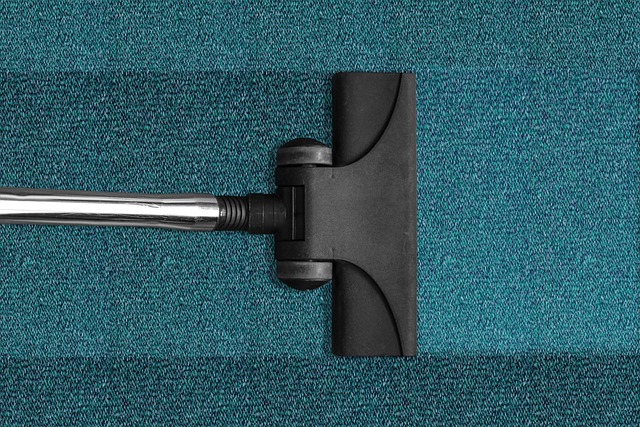
Rugs come in a variety of fabrics, each with its own unique properties and care requirements. Understanding these fabric types is key to effective pet stain cleaning. Common rug materials include wool, synthetic blends, cotton, and silk, each offering different levels of absorbency and resilience to stains. For instance, natural fibers like wool can absorb more moisture but may require specialized care to avoid color fading or damage from harsh chemicals. On the other hand, synthetic blends often offer a balance between durability and ease of cleaning.
When dealing with pet stains, identifying the type of fabric is crucial because different fabrics respond best to specific cleaning methods. Some stains, like urine, can leave permanent marks if not treated promptly. Others, such as fecal matter, may require enzymatic cleaners to break down organic compounds effectively. Knowing your rug’s fabric and the nature of the stain allows for tailored cleaning approaches, ensuring optimal results without damaging the rug’s fibers or diminishing its aesthetic appeal during the rug cleaning process.
Initial Stain Assessment and Blotting Techniques

When tackling pet stains on rugs, the initial assessment is key. Inspect the stain carefully to identify its type and severity. Different substances require unique cleaning approaches. For instance, urine stains often leave a pungent odour and may cause dye bleeding if not treated promptly. Solid matter, like pet excrement, needs to be removed immediately to prevent further spreading and potential damage.
Blotting is an essential step in effective rug cleaning. Start by blotting the stain gently with a clean, white cloth or paper towel. Absorb as much of the liquid or solid as possible without rubbing, which can push the stain deeper into the fibres. Always work from the outer edge of the stain inward to prevent spreading and to minimise the risk of staining surrounding areas.
Safe and Effective Cleaning Solutions for Rugs
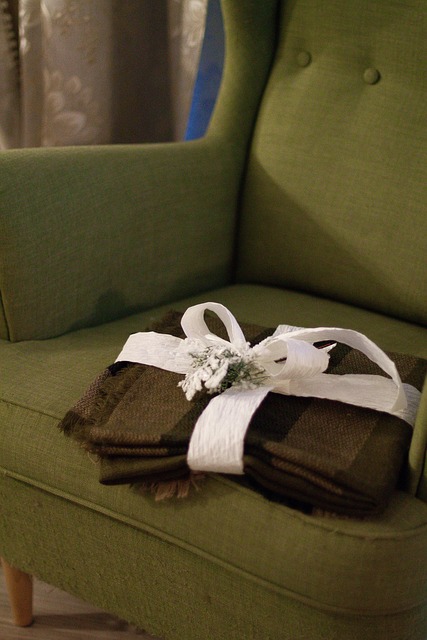
When it comes to rug cleaning, choosing safe and effective solutions is paramount. Opt for environmentally friendly, non-toxic cleaners that are specifically designed for delicate fabrics. These products often contain natural enzymes or plant-based extracts that effectively break down stains without damaging your rug’s fibers. Avoid harsh chemicals like bleach, which can cause fading or even shrink the rug over time.
Look for rug cleaning solutions that offer deep penetration and powerful stain removal without compromising on safety. Test any cleaner in a small, inconspicuous area first to ensure it won’t discolor or harm the material. Regular maintenance with gentle cleaning agents will help keep your rugs looking their best, ensuring they remain soft, vibrant, and free from unsightly stains for years to come.
Step-by-Step Guide to Deep Cleaning Rug Stains

Deep cleaning rug stains involves a few simple yet effective steps. First, identify and blot the stain immediately to prevent it from setting deeper into the fibers. Use a clean, white cloth or paper towel to gently absorb as much of the liquid or solid material as possible. Avoid rubbing, as this can spread the stain further.
Next, prepare a mixture of mild detergent and warm water, ensuring the solution is not too harsh to avoid damaging the rug’s fibers. Test a small, inconspicuous area first to confirm it won’t cause discoloration. Apply the solution to the stain using a clean sponge or cloth, working gently from the outer edge towards the center to prevent the stain from expanding. Rinse thoroughly with clean water after several minutes and blot dry with another clean towel. For stubborn stains, repeat the process until the rug is clean, taking care not to over-saturate the fabric.
Drying and Ventilating Your Rug Properly
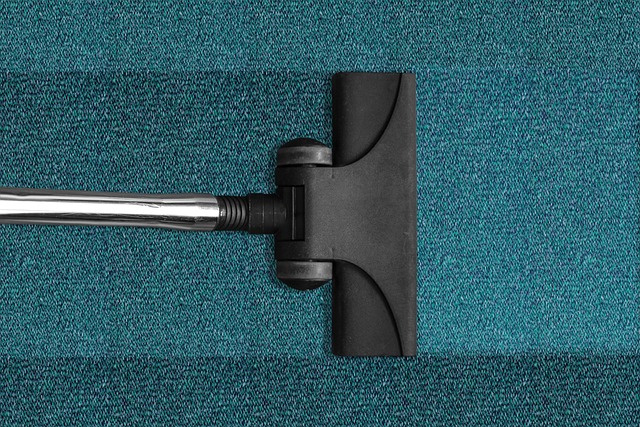
After thoroughly cleaning your rug, proper drying and ventilation are crucial steps in the rug cleaning process. Allow the rug to air dry naturally, avoiding direct sunlight as it can cause fading or discoloration. Spread the rug out on a clean, flat surface, ensuring good airflow around it. This prevents mold or mildew from forming due to trapped moisture.
Regularly checking on the drying process is essential. Depending on the size and thickness of your rug, it may take several hours or even a day for complete dryness. Once dry, vacuum thoroughly to remove any remaining dust or debris, ensuring your rug is clean and ready for use, maintaining its quality and aesthetics through proper rug cleaning techniques.
Preventing Future Stains on Your Rug
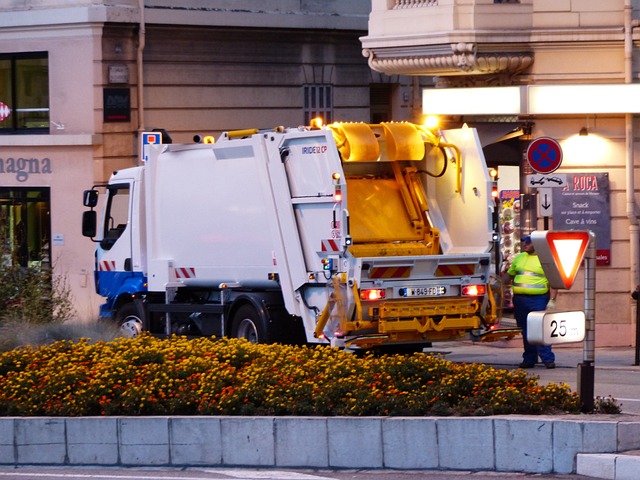
After successfully removing a pet stain from your rug, it’s crucial to take preventive measures to avoid future stains. Regular rug cleaning is the first line of defense. Professional or DIY rug cleaning services can effectively remove deep-seated dirt and debris that may cause stains. Maintaining a clean environment, especially for pets, reduces the risk of new stains forming. Regular vacuuming helps eliminate pet hair and dander, two common causes of discoloration.
Additionally, using pet-friendly mats at entry points can act as a barrier, trapping dirt and moisture before they reach your rug. Treating pet accidents promptly is essential. As soon as an incident occurs, blot the area with a clean cloth or paper towel to absorb excess liquid. Avoid rubbing, which can spread the stain further. Keep cleaning supplies, such as enzyme-based cleaners designed for pet stains, within easy reach to handle any future messes quickly and effectively.
